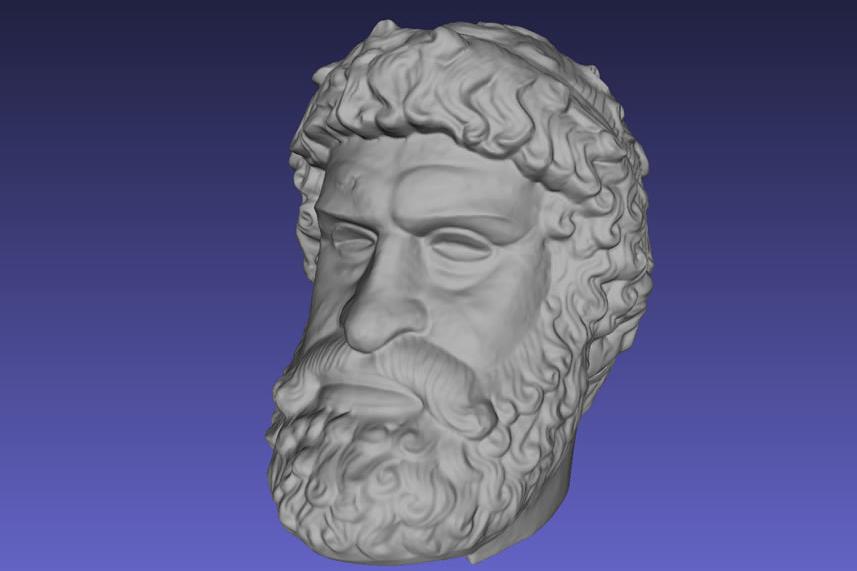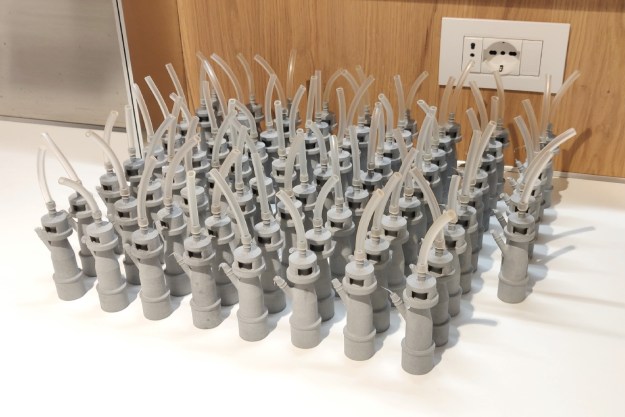The 3D-printing revolution was supposed to fling open the doors of creativity and allow anyone to make any object they imagined. For the most part, this dream has come true. If you know your way around 3D-modeling software, you can build and print practically anything you desire.
But therein lies the problem: 3D-modeling software is often complex and confusing — especially to the uninitiated. If the average Joe wanted to, say, print himself a new doorknob, he’d either have to create his own 3D model from scratch, or hope to find a publicly available design on the Web. In other words, there are still some significant barriers to creativity when it comes to 3D printing.
Fuel3D hopes to break those barriers down. The company’s first product, Scanify, is a handheld point-and-shoot 3D scanner that allows users to scan objects in high resolution in under a second. To do this, the device uses multiple cameras to snap a picture of a given object from multiple different perspectives, all at once. It then stitches all these images together to create a highly detailed 3D model.
Essentially this means us average, non-engineer Joes no longer need to learn complex software, or depend on cookie-cutter models for 3D printing — we can scan objects from the world around us instead.
“When we set out to create Scanify, our goal was to democratize the 3D movement for consumers and, in particular, to allow for the personalization of their creations,” said Stuart Mead, CEO, Fuel3D. “Scanify allows consumers to transform highly-complex subjects – such as the human face – into high-detail, full-color 3D scans as quickly as they could take a photo using a digital camera.”
In addition to 3D printing, Scanify also has huge potential as a tool for animators and game developers. With the ability to transform real-world objects into high-quality 3D models quickly and cost effectively, developers can create virtual worlds more easily than ever before.
And the best part? You don’t have to wait for it to come out. Since generating worldwide attention through a successful Kickstarter campaign back in 2013, Fuel3D has secured millions in private investment and secured distribution partnerships across the world. It’s ready to roll, and you can order one now for $1,490.
A bit steep, for sure, but we’ll take it for a spin and let you know if it’s worth it when we get a demo this week. Stay tuned!
Editors' Recommendations
- 3DMakerpro’s Seal is a pocket-sized scanner to make next-gen precision 3D prints
- Need a last-minute Halloween costume? Check out these 3D-printable getups
- The future of making stuff: Inside the evolution of 3D printing with Formlabs
- Father’s Day Gift Idea: These cheap 3D printers are on sale for less than $300
- 3D printing lets hospitals make ventilator substitutes with common equipment








